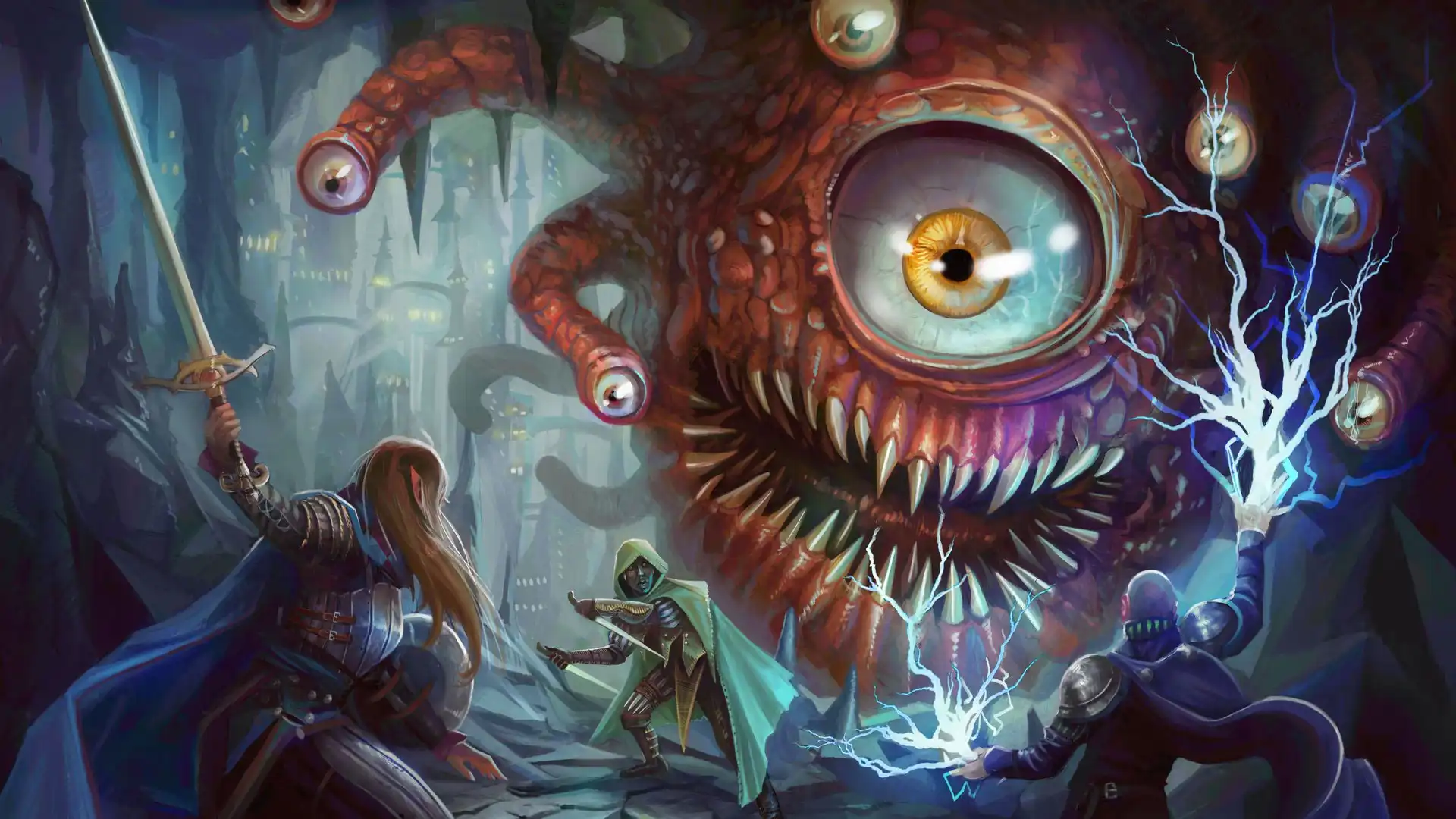Committed role-players have a plethora of options when it comes to embarking on a morally depraved journey in the PC role-playing game, Baldur's Gate 3. Larian Studios crafted a game that pushes the envelope in terms of depth, complexity, and moral choices within a video game.
The game showcases a breadth of 'evil' choices that players can make. Ethnicities, classes, races, and backstories can all be customized to meet the player's 'dark' fantasies. Overwhelmingly, the game reflects the true essence of role-playing, which is to put the player in control of a character's destiny in the virtual world.
The astounding depth that Baldur’s Gate 3 imparts through its gameplay goes far beyond its character creation menu. Players can inflict a myriad of ignoble actions on non-playable characters (NPCs) and on the game’s world at large. Ensuring every action holds weight and potentially severe consequences contributes to the intense immersion offered by the game.

Larian Studios presents players with an array of subversive paths to follow. The game's environment warps to reflect the player's choices, adding a level of realism seldom seen in the gaming genre. These morally questionable actions, coupled with sophisticated character reactions to them, create an engaging morally complex setting.
The Pact of Evil
Absent from a majority of role-playing games (RPGs), Baldur's Gate 3 enables players to create pacts with demonic forces. In the game, this possibility isn’t treated as a cosmetic gimmick but instead represents a significant gameplay element, drawing the player further into their character’s descent into darkness.
Players can bypass the ethical boundaries set before them to form alliances with game antagonists. Such decisions may affect the storyline consequently, ensuring a unique gaming experience. This unabashed exploration of ‘evil’ in gameplay confronts traditional norms of video game morality.
Aside from allowing players to choose creating havoc, the game doesn't neglect consequences that come along with such choices. Foes become allies, and allies may turn into enemies based on the player’s decisions. The game challenges players to weigh potential rewards against the price they must pay for such dubious alliances.
Even when optioned to do good, players may opt for destructive solutions, keeping NPCs on their toes. This unpredictability and the subsequent anticipation of character reactions render Baldur’s Gate 3 an engrossing experience.
The Art of Deception
Baldur's Gate 3 features a profound level of deceptive maneuvers that players can implement. Here, the game ventures into the intriguing dynamics of deception and its repercussions. Subterfuge becomes a valuable tool in the player's arsenal, offering an immersive gaming experience.
Players can butcher innocent non-playable characters (NPCs), coercively control foes, and even betray their party members to fulfill their evil ambitions. Thus, the web of deceit spun by the player becomes a driving force of the storyline, with each minor choice culminating into a game-changing climax.
The game incorporates stunning visuals with facial expressions and body language of NPCs, effectively conveying their reactions to the player's decisions. Therefore, the player can intuitively gauge how their actions have resonated within the in-game world. This nuanced response system makes each choice feel impactful and exciting.
The game’s deception mechanics lend to the overarching atmosphere of anarchy and chaos, effectively influencing the game world's socio-political dynamics. In essence, players must master the art of deception and manipulation in order to retain control while navigating their road to ruin.
Character Arcs and Evil Choices
In addition to offering a wide spectrum of morally ambiguous decisions for players, Baldur's Gate 3 juxtaposes these choices with character progression arcs. This design uniquely frames the moral progression of the player's avatar alongside their skill and ability progression.
A character’s growth in the game isn’t confined to their combat abilities or their skills. The character’s morality, philosophy, and ethical alignment also undergo significant changes throughout the game. By integrating avatar growth with the ethical choices made by players, the game provides an engrossing narrative drive for the gameplay.
Baldur's Gate 3 challenges players to delve into the darker aspects of their character's psyche. Their actions and decisions contribute to molding the character's personality over time. Consequently, players are lured deeper into the world of Baldur's Gate, as they navigate their character through complex ethical quagmires.
As players delve deeper into the shadows with made decisions, the game presents challenges that force players to cope with the consequences of their actions. Thus, character arcs don’t follow a linear pathway but are delicately guided by the player’s influence.
Navigating Baldur's Gate: The Evil Way
As players traverse through the fascinating world of Baldur's Gate 3, they are empowered to redefine the term 'villain'. This is not just about indulging villainous whims but about embracing a brand-new perspective of role-playing. Players are encouraged to challenge the limit of their comfort zones, operating within a flexible definition of right and wrong.
By giving gamers this flexibility, Baldur's Gate 3 provides a refreshing take on historic RPG gaming conventions. The exciting opportunity to play the game from an antagonist's perspective creates a dynamic shift in gameplay experience.
Players can experiment with different strategies, exploit 'evil' loopholes, and create chaos within the game universe. The amount of control exerted by players over their character’s moral compass puts them squarely in the driver's seat, breaking boundaries of conventional game design.
Baldur's Gate 3 proves that 'evil' is a relative term. By giving players control over their ethical paths within the game, Larian Studios significantly raises the bar for the RPG genre. The game’s unique approach ensures that its players will never quite look at ‘evil’ in the same way again.